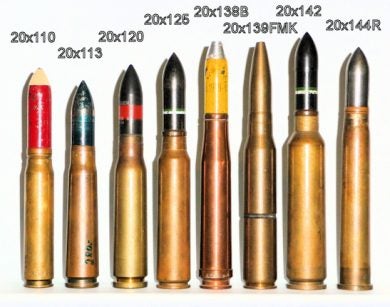

The crew’s hopes of escape faded fast, so Canavan remained at the helm while his shipmates donned life preservers. With a top speed over four times that of the LCP, Hagikaze quickly overtook Canavan and enemy machine gunners began raking his boat. Realizing the vessel was an enemy warship, Canavan pushed his throttle to the stops and set off on a zigzag course for the opposite side of the sound from Guadalcanal.Ĭanavan’s evasive maneuvers proved too little too late.

Instead, the ship was the large 35-knot destroyer IJNS Hagikaze on a shore bombardment mission and headed in Canavan’s direction. Shortly before dawn on the 19th, Canavan sighted a warship steaming over the horizon from the west of Guadalcanal and assumed it was friendly.

While the other LCPs deployed for their sectors of the sound, Canavan steered his boat into the dark night to patrol near the small, volcanic Savo Island. Together with two Marine volunteers, the crew embarked on a journey that only one man would survive. Coast Guardsmen Petty Officer 1st Class Charles Stickney (BM1), Petty Office 3rd Class John Alcorn (MM3) and Petty Officer 2nd Class Charles Williams (BM2) volunteered to join him. 18, Coxswain Robert “Bob” Canavan volunteered to pilot one of the anti-submarine patrol boats. The crews fitted their boats with depth charges set for 50 feet, a depth that would likely have sunk the enemy sub and LCP at the same time. 30-caliber Lewis machine gun, and the helm and engine controls sat behind the tandem gun emplacements. An early design of landing craft with a top speed of only eight knots, the LCP carried a crew of three and boasted a snub-nosed bow supporting side-by-side machine gun tubs. With no Allied patrol craft available to defend against this deadly menace, Coast Guard landing craft based at Guadalcanal began nightly anti-submarine patrols.Įach of the patrol’s three LCPs (landing crafts personnel) took responsibility for a different part of Iron Bottom Sound. In August 1942, during the initial stages of World War II’s Guadalcanal campaign, the local waters of Iron Bottom Sound concealed numerous Japanese submarines.


 0 kommentar(er)
0 kommentar(er)
